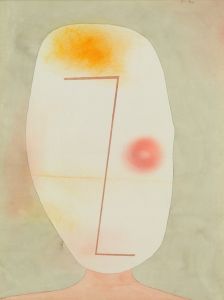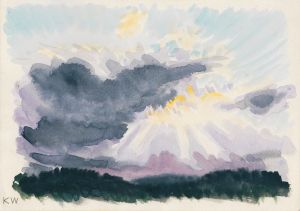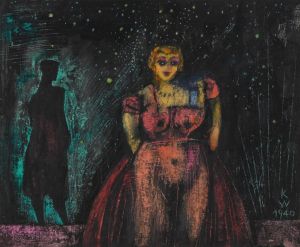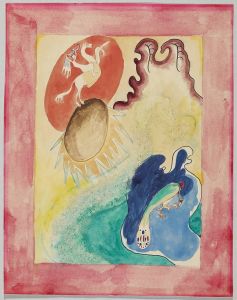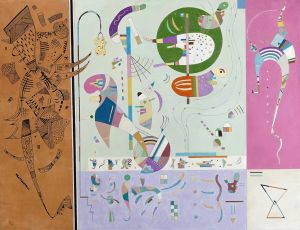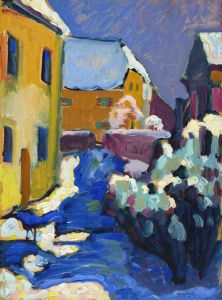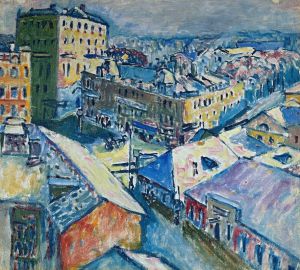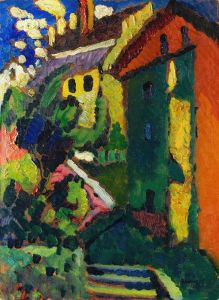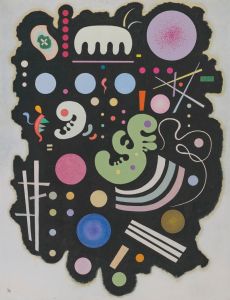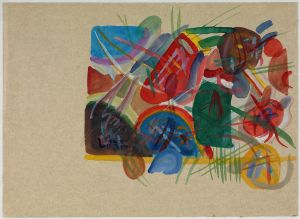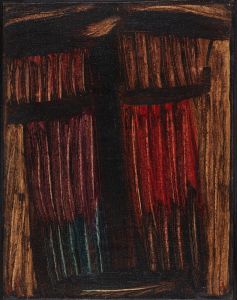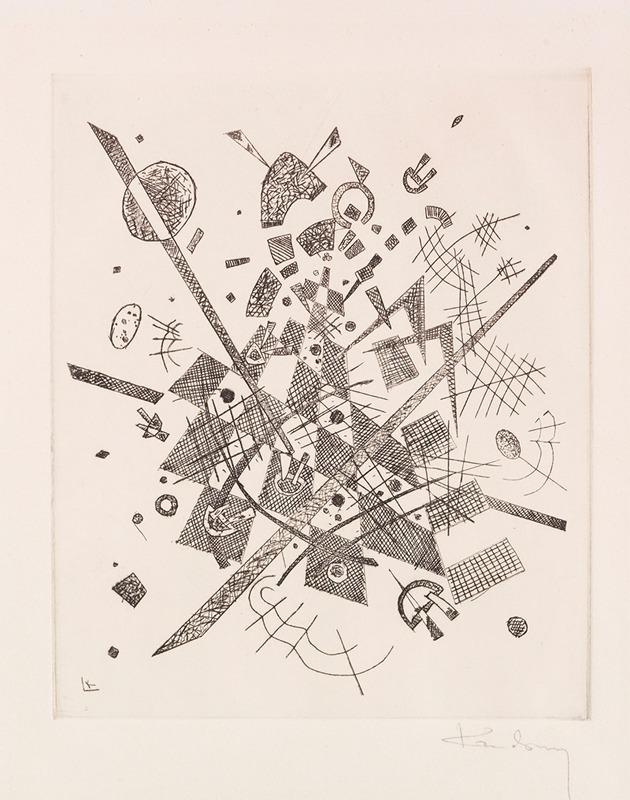
Kleine Welten IX
A hand-painted replica of Wassily Kandinsky’s masterpiece Kleine Welten IX, meticulously crafted by professional artists to capture the true essence of the original. Each piece is created with museum-quality canvas and rare mineral pigments, carefully painted by experienced artists with delicate brushstrokes and rich, layered colors to perfectly recreate the texture of the original artwork. Unlike machine-printed reproductions, this hand-painted version brings the painting to life, infused with the artist’s emotions and skill in every stroke. Whether for personal collection or home decoration, it instantly elevates the artistic atmosphere of any space.
Wassily Kandinsky, a pioneering figure in abstract art, created "Kleine Welten IX" as part of a series of prints known as "Kleine Welten" or "Small Worlds" in 1922. This series consists of twelve prints, each showcasing Kandinsky's exploration of form, color, and composition, reflecting his transition from figurative to abstract art. "Kleine Welten IX" is a lithograph, a medium that Kandinsky used to experiment with the interplay of geometric shapes and vibrant colors, which became a hallmark of his work.
Kandinsky's "Kleine Welten" series was produced during a significant period in his career when he was teaching at the Bauhaus, a revolutionary art and design school in Germany. The Bauhaus was known for its innovative approach to art education, emphasizing the integration of art, craft, and technology. Kandinsky's involvement with the Bauhaus influenced his artistic style, encouraging a more structured and theoretical approach to abstraction. This influence is evident in "Kleine Welten IX," where the composition is meticulously organized, yet it retains a sense of spontaneity and dynamism.
"Kleine Welten IX" exemplifies Kandinsky's interest in the spiritual and emotional power of art. He believed that abstract forms and colors could evoke emotions and transcend the material world. In this print, Kandinsky employs a variety of geometric shapes, including circles, lines, and curves, which interact harmoniously across the composition. The use of contrasting colors adds depth and movement, inviting viewers to engage with the artwork on an intuitive level.
The "Kleine Welten" series, including "Kleine Welten IX," reflects Kandinsky's theoretical writings, particularly his book "Point and Line to Plane," published in 1926. In this work, Kandinsky elaborated on his ideas about the expressive potential of abstract elements, such as points, lines, and planes, and how they could be used to convey complex emotions and concepts. "Kleine Welten IX" can be seen as a visual representation of these theories, where the interplay of forms and colors creates a dynamic and harmonious composition.
Kandinsky's work, including "Kleine Welten IX," had a profound impact on the development of abstract art in the 20th century. His emphasis on the spiritual and emotional dimensions of art challenged traditional notions of representation and paved the way for future generations of artists to explore abstraction as a means of personal and universal expression. The "Kleine Welten" series remains an important part of Kandinsky's oeuvre, illustrating his innovative approach to art-making and his enduring influence on modern art.
Today, "Kleine Welten IX" is celebrated for its aesthetic complexity and its role in the evolution of abstract art. It is held in various public and private collections worldwide, allowing audiences to appreciate Kandinsky's visionary contributions to the art world. Through works like "Kleine Welten IX," Kandinsky continues to inspire artists and art enthusiasts alike, demonstrating the timeless power of abstract art to communicate beyond the constraints of language and representation.






